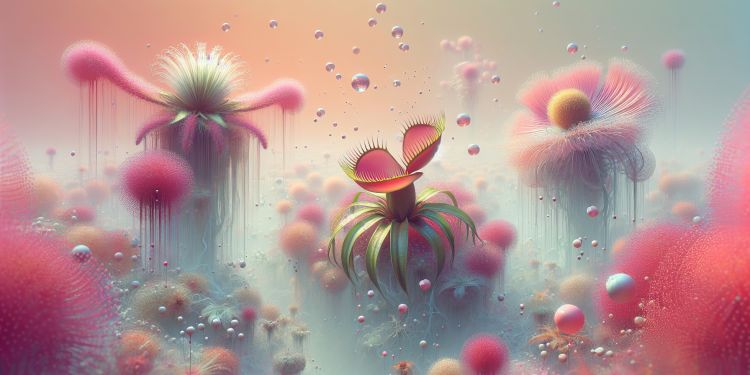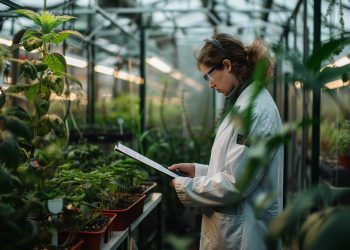Recent research in the field of plant biology has led to a remarkable discovery that challenges our perception of plant life. A study published in the Annals of Botany in 2017 presented evidence that plants, much like animals, can respond to anesthetics. This groundbreaking research showed that plants, including the well-known Venus flytraps and the sensitive Mimosa pudica, could lose their autonomous movements when exposed to various anesthetic chemicals.
The Experiment and Its Implications
The study involved exposing these plants to anesthetics such as diethyl ether, lidocaine, and others commonly used in medical procedures. The Venus flytrap, known for its rapid leaf closures to capture prey, ceased these movements under the influence of anesthetics. Similarly, Mimosa pudica, which typically folds its leaves when touched, no longer exhibited this response when anesthetized. These observations raise profound questions about the similarities between plant and animal responses to external stimuli and suggest a more complex understanding of plant biology.
Understanding the Mechanisms
While the exact mechanisms through which plants perceive and respond to anesthetics are not fully understood, the study indicates that the basic cellular processes affected by anesthetics in animals may also exist in plants. This opens up a new avenue of research into cellular communication and the fundamental nature of consciousness in living organisms.
Applying the Green Knowledge
For gardeners and botanists, the findings from this research might influence how we interact with plants, particularly in contexts where they may experience stress or damage. It suggests that plants could potentially be anesthetized to mitigate the effects of invasive procedures such as grafting or transplanting, leading to improved survival rates and plant health.
Understanding that plants can be affected by anesthetics also has implications for ethical considerations in plant treatment and care. It prompts us to consider the possibility that plants, although lacking a nervous system like that of animals, may still experience some form of sensation or awareness.
For those interested in delving deeper into the subject, the original study titled ‘Action of anesthetics on plants’ can be found in the Annals of Botany, offering a comprehensive look at the experiments and their outcomes.






